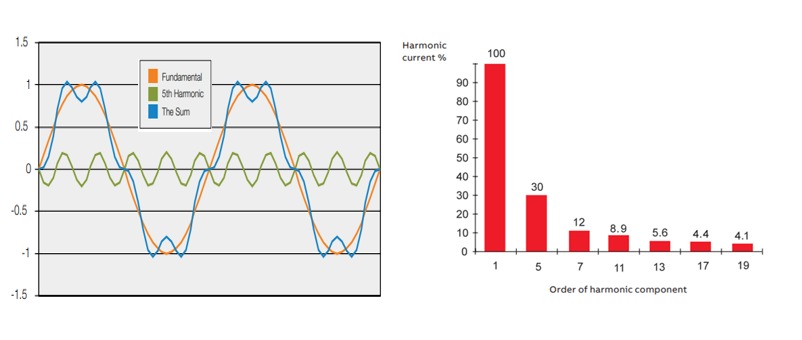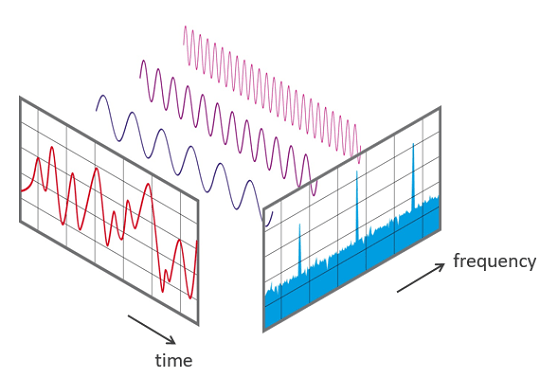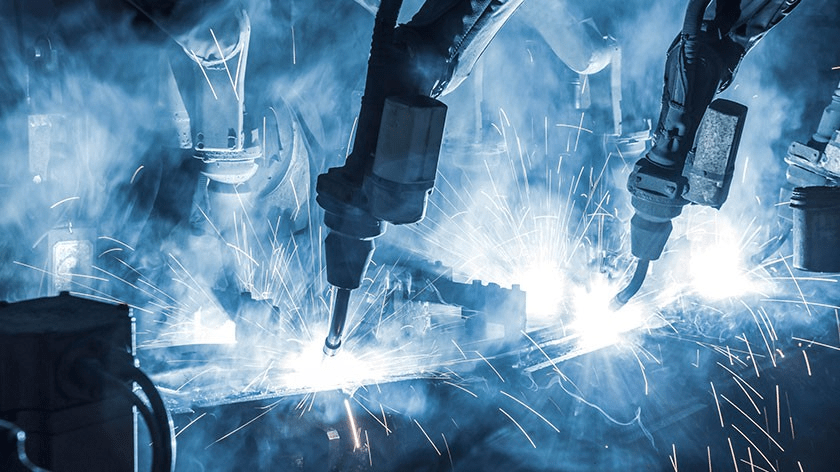Surge Protection on the Generator Side: Optional or Essential?”

Best practices for protecting ATS panels and sensitive downstream loads. Why surge arrestors on the generator side often overlooked—but critical? It is generally recommended to install surge arrestors on the generator side of an ATS (Automatic Transfer Switch) panel, but whether it’s strictly required depends on the installation environment and protection philosophy. Here’s a detailed […]
Why Power Plant Controllers Are Essential for Grid-Tied Solar SCADA Projects

Grid Code Compliance & Certification PPCs enable centralized implementation of active/reactive power control, voltage/frequency regulation, and ramp rate control, ensuring the plant meets all regulatory mandates for inverter-based renewable generation (IBRE) technologies as per the Grid Connection Code. By coordinating inverter control during grid disturbances, such as voltage sags, the PPC helps keep the inverters […]
The Process of Conducting Design Verification: Essential Steps

Design verification for a low-voltage switchboard is vital to guarantee safety, compliance, and operational efficiency. When performed by an independent laboratory, this procedure encompasses several essential steps to confirm that the switchboard adheres to all required standards and functions as intended. Selection of a Laboratory: It is imperative to select a reputable laboratory by evaluating […]
Harmonic Generation in Motor Drives

Harmonics play a significant role in the world of electrical power systems. They are integer multiples of the fundamental frequency and are responsible for shaping the quality of electrical waveforms. The fundamental frequency from the power grid is mostly 50Hz and 60Hz, also known as the ‘1st Harmonic.’ As we move up the harmonic series, […]
Effects of Harmonics for power factor correction Capacitor Banks

Do the harmonics in your distribution system is a potential threat for your capacitor bank? Yes. When a capacitor bank is installed in a harmonic rich environment, they create a low impedance path and magnify the magnitude of current and voltage harmonics in a system resulting in parallel resonant effect. With this resonant phenomena, […]
Safeguarding Electrical Systems: Best Practices for Switchboard Earthing

Introduction Electrical switchboards serve as the nerve centers of power distribution in buildings, industries, and various facilities. The smooth operation of these vital systems hinges on their proper earthing. Earthing, or grounding, of electrical switchboards is a critical safety measure that must be meticulously implemented to prevent accidents, ensure equipment longevity, and maintain uninterrupted power […]
Current Transformer Fundamentals

Current Transformers (CTs) are commonly utilized for current monitoring purposes or for the conversion of primary current to reduced secondary current, which can be utilized by meters, relays, control equipment, and other instruments. CTs, which function as current transformers, reducing the magnitude of the measured current to a standardized value that is safely compatible with […]
Powder Coating – Importance of maintaining bath concentration in conversion coating tanks

Pretreatment is the most important step when powder coating process is concerned. Pretreatment process usually does the removal of contaminants on metal surface which enhance coating performance. Once the rust, oil and scale are chemically cleaned by the pretreatment system, the base metal is exposed for oxidation. To avoid this, the material has to be […]
The impact of current harmonics on the power factor of a low voltage distribution system – A Case Study

In modern factories, capacitor banks are not the most effective solution for Power factor improvement !! This study was carried out to identify and rectify, what initially seemed to be a malfunction of a power factor correction capacitor panel (PFCCP) (Power factor improvement). However during the study it was identified that the problem was […]
Understanding and Mitigating Harmonics in Welding Processes

Introduction Harmonics in welding processes refer to the presence of unwanted electrical frequencies that can negatively impact the welding operation. These harmonics are generated due to various factors within the welding equipment and power distribution systems. Understanding and managing harmonics in welding are crucial for ensuring weld quality, prolonging equipment life, and promoting a […]
